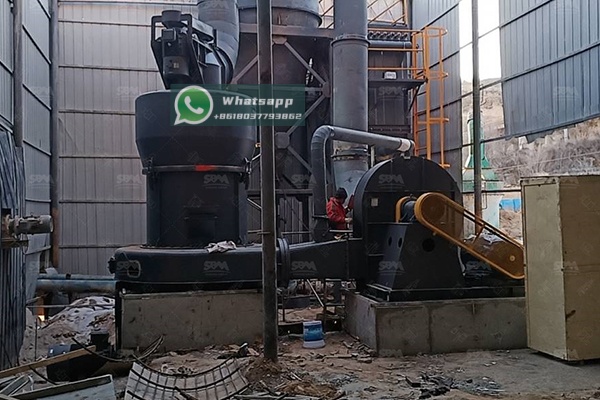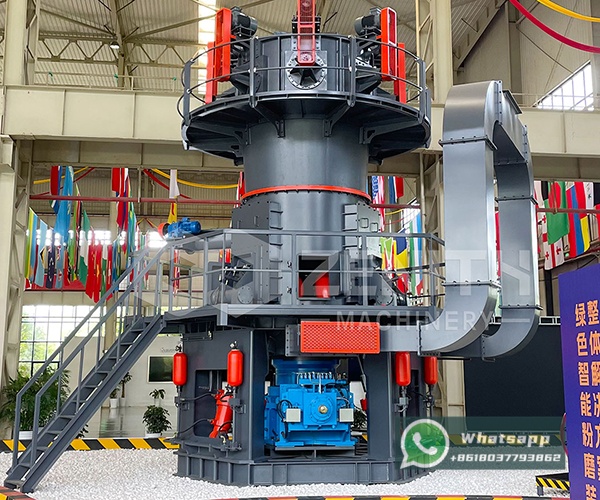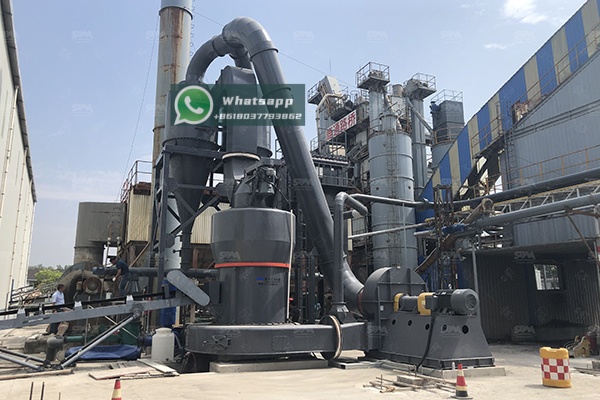The PVC (Polyvinyl Chloride) pipe and cable industries represent two of the largest and most critical application sectors for calcium carbonate (CaCO3) worldwide. As a functional filler, calcium carbonate enhances key properties such as impact strength, stiffness, dimensional stability, and weathering resistance, while simultaneously reducing material costs. However, the efficacy of CaCO3 is almost entirely dependent on its particle size distribution, morphology, and surface chemistry. This makes the grinding process not just a preparatory step, but the very foundation of performance in the final product. This article delves into the technical requirements for calcium carbonate in these industries and explores the advanced grinding technologies that make it possible.
In both PVC pipes and cable insulation/jacketing, calcium carbonate is far more than a simple extender. Its incorporation is a precise science aimed at optimizing the product’s performance-profile.
Achieving these precise specifications requires grinding equipment capable of unparalleled control over fineness, particle size distribution, and heat generation during milling.

The journey from quarried limestone to a high-performance functional filler involves overcoming several significant technical hurdles:
Shanghai Zenith Machinery Co., Ltd., a leading manufacturer of ore and mineral grinding equipment, has developed a range of mills that expertly address these challenges. Their technologies are engineered for the specific demands of producing fine and ultra-fine calcium carbonate powders.
For many applications in the PVC and cable industries, the MTW Series Trapezium Grinding Mill presents an ideal solution. It is a generation upgrade based on traditional roller mills, incorporating multiple national patent technologies. Its advantages include a modular design, an efficient internal powder classifier, and a curved surface duct that reduces air flow resistance, leading to higher efficiency and lower energy consumption.
| Model | Max. Feed Size (mm) | Final Size (mm) | Capacity (t/h) | Main Motor (kW) |
|---|---|---|---|---|
| MTW138Z | <35 | 1.6-0.045 | 6-17 | 90 |
| MTW175G | <40 | 1.6-0.045 | 9.5-25 | 160 |
| MTW215G | <50 | 1.6-0.045 | 15-45 | 280 |
For producers targeting the ultra-fine and coated carbonate market for high-end cable compounds, the LUM Ultrafine Vertical Mill is the technology of choice. This mill represents the pinnacle of Zenith’s engineering, integrating grinding, powder selection, drying, and conveying into a single unit. Its most significant feature is the use of a German technology—the ultra-fine grinding roller and ring—which enables it to achieve fineness levels up to 30 microns (D97) with remarkable stability and low energy consumption. The intelligent automatic control system ensures consistent product quality with minimal operator intervention.
| Model | Main Machine Power (kW) | Capacity (t/h) | Size Distribution D97 (μm) |
|---|---|---|---|
| LUM1525 | 220-250 | 1.6-11.5 | 5-30 |
| LUM1632 | 280-315 | 2.0-13.5 | 5-30 |

The production line for functional calcium carbonate typically involves several stages. Primary crushing reduces quarried limestone to a manageable size (e.g., <50mm). Secondary crushing or preliminary grinding further reduces it to a few millimeters. The critical stage is fine grinding in a mill like Zenith’s MTW or LUM series, where the final particle size is achieved. For coated grades, the finely ground powder is then conveyed into a continuous coating mixer, where stearic acid or other agents are sprayed onto the heated, agitated powder, creating a mono-layer coating that improves compatibility with PVC.
The choice between the MTW and LUM mills depends on the target market. The MTW series offers robust, high-capacity grinding for the broad demands of the PVC pipe industry. In contrast, the LUM series is engineered for the most demanding ultra-fine applications where pinpoint control over particle size distribution and minimal heat generation are non-negotiable, such as in premium cable insulation.
The transformation of raw limestone into a high-value functional filler for the PVC and cable industries is a testament to modern grinding technology. The precise engineering of mills determines the performance, efficiency, and economic success of calcium carbonate producers. Shanghai Zenith Machinery Co., Ltd., with its comprehensive portfolio including the high-capacity MTW Trapezium Mill and the precision-oriented LUM Ultrafine Vertical Mill, provides tailored solutions that empower manufacturers to meet the exacting standards of these advanced polymer applications. Investing in the right grinding technology is not merely an operational decision; it is a strategic move to capture value in a competitive and quality-driven market.
